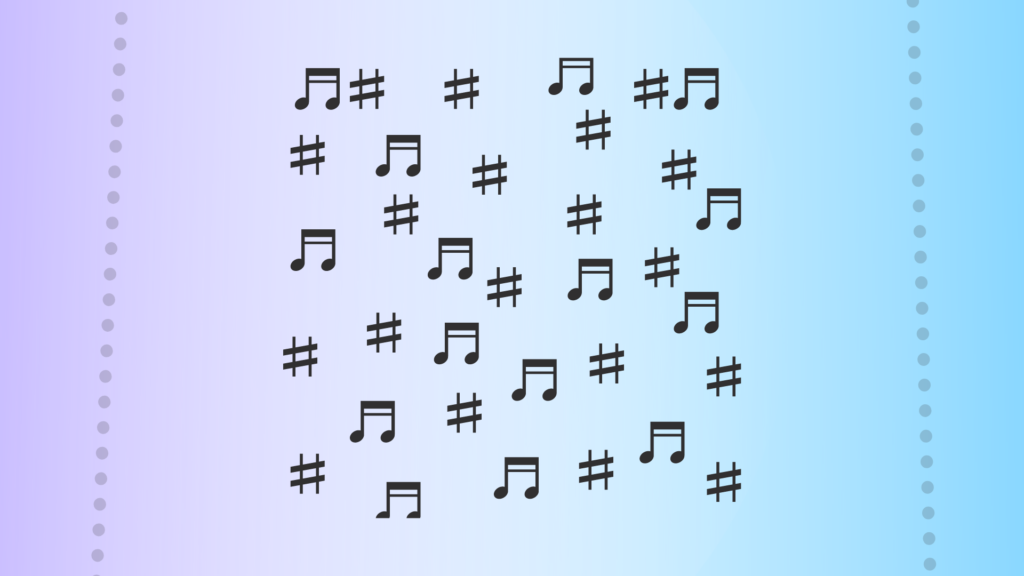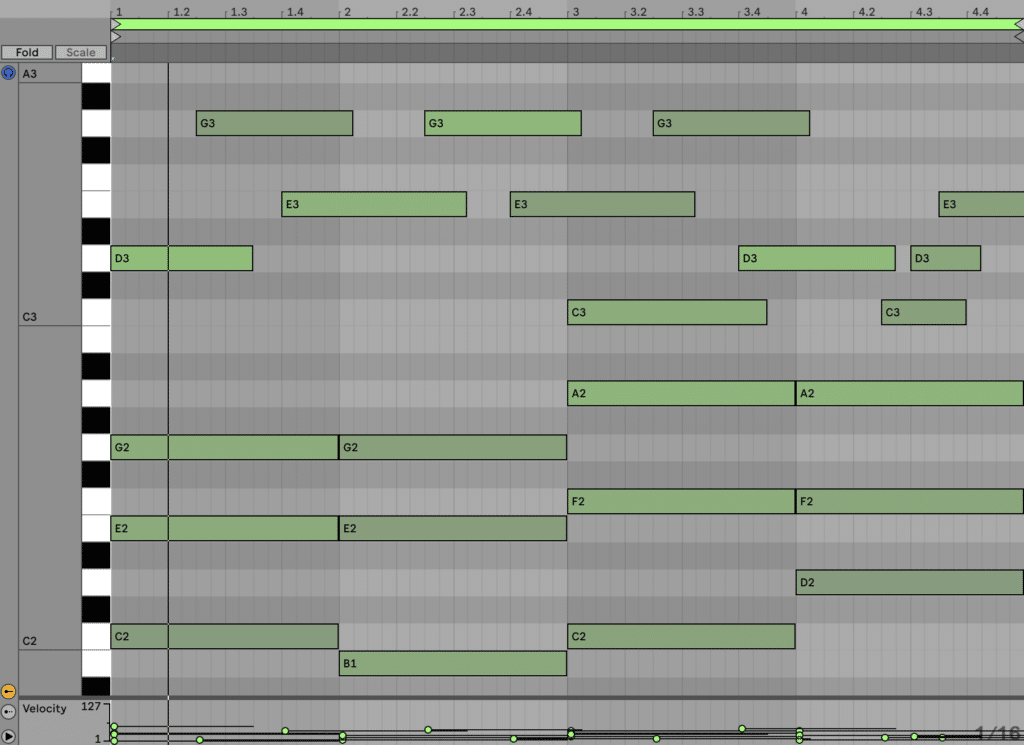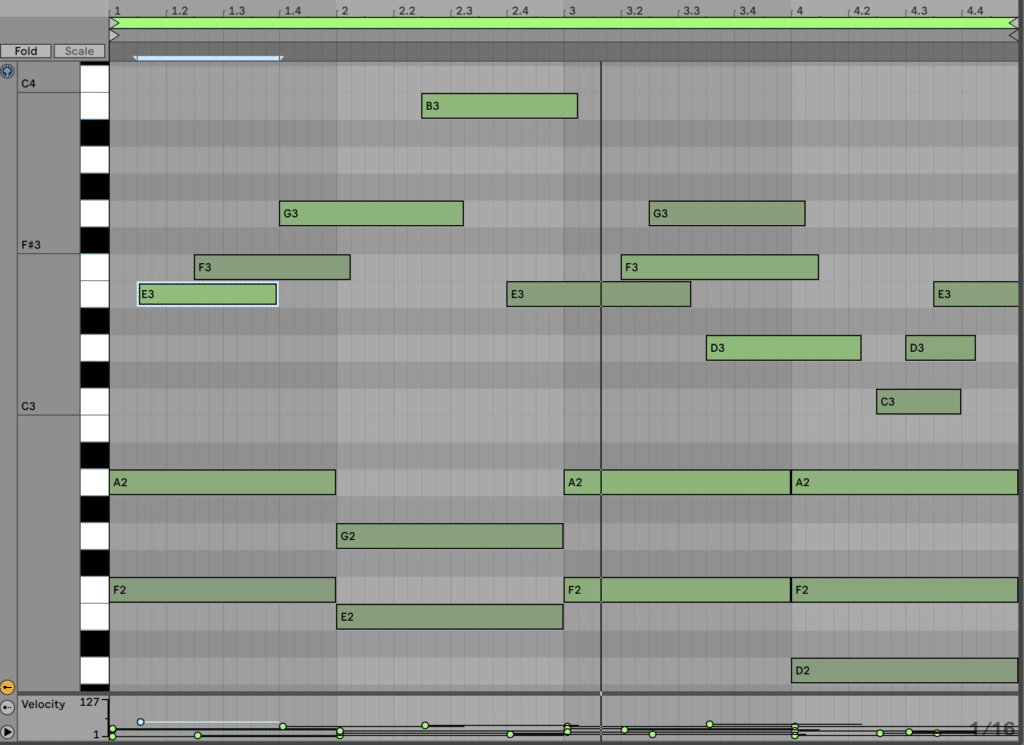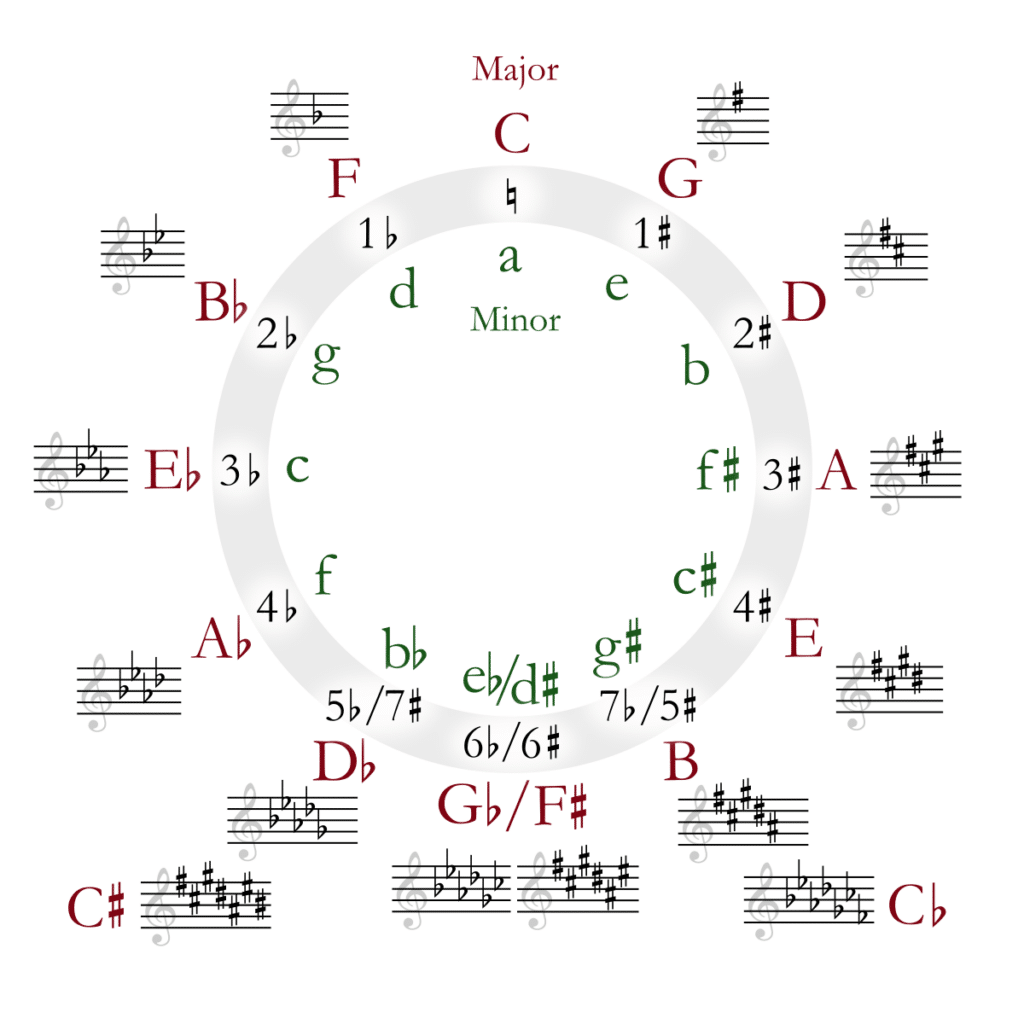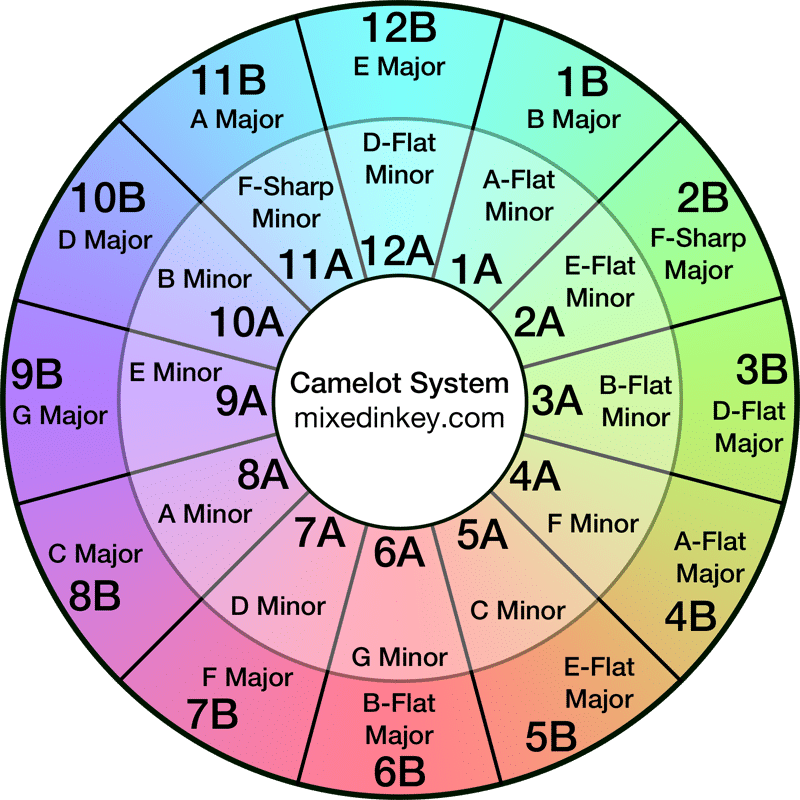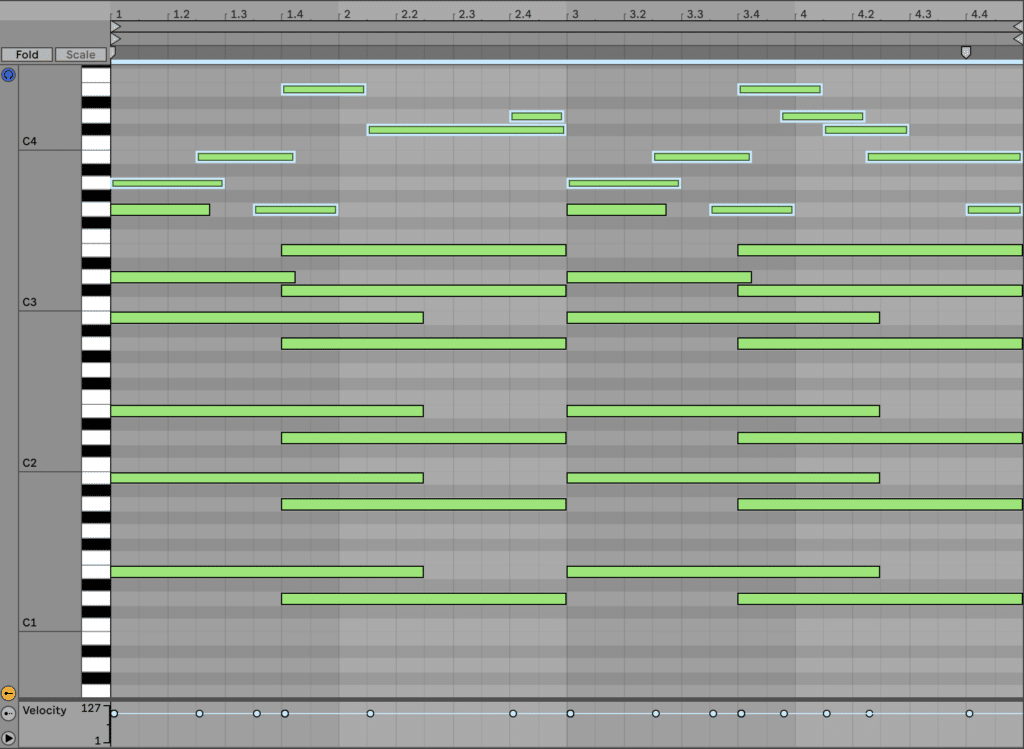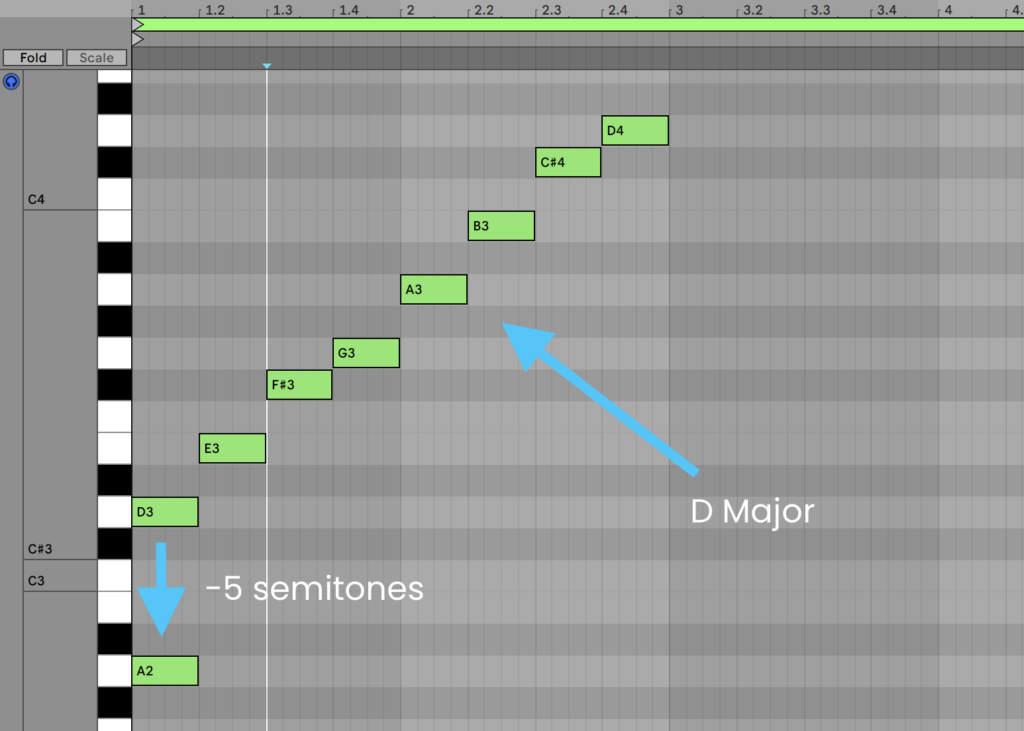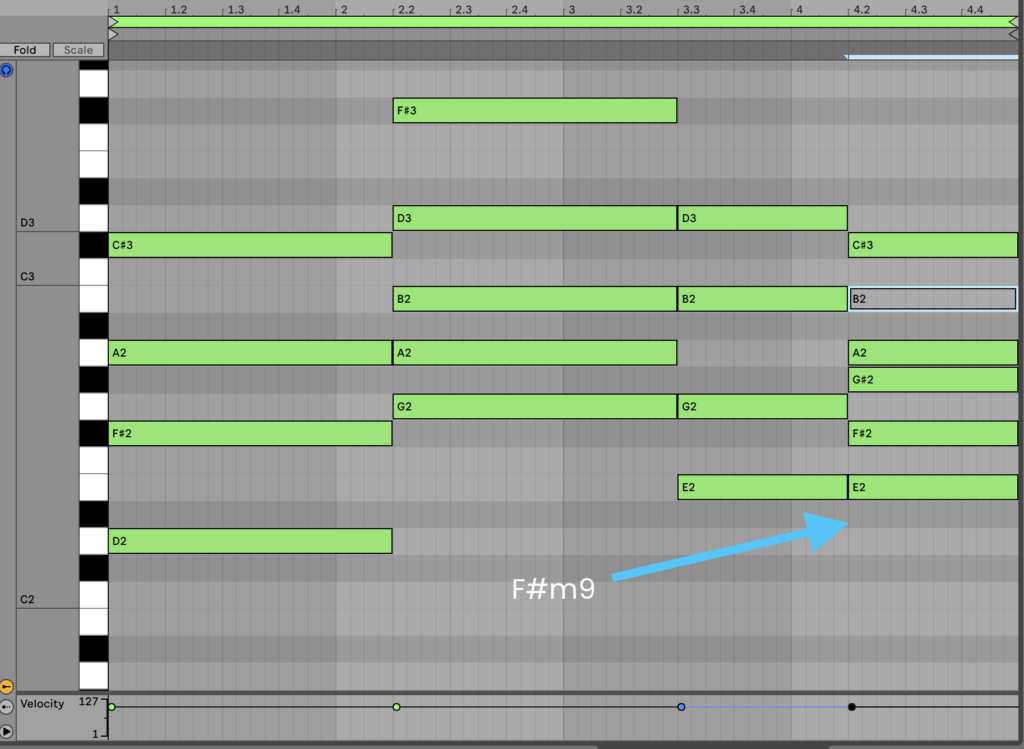Ever heard of the Lydian mode? Or the Lydian scale? 🤔
Chances are if you’re here, you may have. But you’re not sure how to write music using it.
There’s a reason many artists across genres and styles (particularly in jazz-influenced music) have used it to add that extra splash of color in their tunes.
So in this guide, we’ll cover everything you need to know about the Lydian mode, including:
- the easy way to write in the lydian mode (no matter which key you’re in)
- some of my favourite ways to write riffs using it
- examples of songs using the lydian mode
- why the lydian mode sounds so pleasant yet interesting (in comparison to other modes)
…and a whole lot more.
Let’s start with the basics – what is a mode? 👇
Understand music theory without spending years learning the hard way 🎶
Grab our free 87-page eBook, Music Theory: The TL;DR Version – nail the fundamentals of melodies, chords, and notes the simple way 👇
Table of contents
So, what exactly is a ‘mode’?
You might be familiar with the concept of a scale or key.
Typically these consist of 7 notes that you can choose from to write melody, harmony, and chords.
Each scale has a ‘root’ note that feels like home. For example, C Major has C as a root. Here are all the notes in C Major:
C D E F G A B
Here is a melody example using these notes:
Sounds nice, right?
What a mode does is essentially changes where that home is.
If we take the C Major scale and start it at F instead, we get this:
F G A B C D E
This is a Lydian mode. Let’s write a melody line with this over a similar chord progression:
It sounds cool, but has a slightly different mood, right?
This is a mode – specifically the Lydian mode.
There are many others depending on which notes of the major scale you start on.
In fact, the default major scale is referred to as the Ionian mode. Then for each note up the scale you have:
- Ionian (1)
- Dorian (2)
- Phyrigian (3)
- Lydian (4)
- Mixolydian (5)
- Aeolian (6)
- Locrian (7)
As you might have figured, Lydian is one of the most common. But why?
Why does Lydian sound so good?
Lydian sounds good because of a simple concept: the circle of fifths.
If we’re in a certain major key, and we move a fifth up or down that scale, we arrive at a new key.
(Also, moving the fourth down is the same as a fifth up, and a fifth down is the same as a fourth up. Confusing, but important.)
If you’re a DJ, this is where the Camelot system comes from:
This new key sounds pretty much the same as the previous one, except for a one-note difference.
So if you’re in C Major and head up to G Major (a fifth), you’ll be using pretty much the same notes.
Except F now becomes F#.
But if you kept that F the same, you’d be in the Mixolydian mode. Mixolydian is quite similar to Lydian but sounds a little different.
We’ve covered the Mixolydian mode in a track breakdown before – you can check that out here.
Let’s do another example – this time for the Lydian mode.
Imagine the same but you’re doing down a fifth to F Major. Everything is the same except you now have a Bb instead of a B.
But if you kept the B, you’d be in the Lydian mode. This sounds very similar to C Major, but it kinda also feels like F Major.
Spooky, right?
But this harmonic ambiguity is powerful when it comes to making tunes that sound unique. So let’s see how the Lydian mode is used.
By the way, we’ve got a full guide on the circle of 5ths and how to memorize it here 🔥
Two common ways to ‘get to’ the Lydian Mode
So far we’ve covered what the Lydian mode is, and we’ve sorta dived into one of the methods of using it.
But how and exactly when do you want to use it?
Turns out there are two ways to think about this.
Let’s take a look at both.
Method #1: Write the whole song in Lydian
The simple way to remember the Lydian mode for any key is to simply treat the fourth note of that major scale as the new home.
Let’s do something in D Major, which has the notes:
D E F# G A B C#
So to use the Lydian mode, we’d be looking at starting at G, making it G Lydian:
G A B C# D E F#
Let’s compose a quick melody and chord progression using this process:
As you can hear, this piano progression has quite a ‘whimsical’ tone to it.
Now, this works well if you’re writing a whole song in the Lydian mode, or you’re writing a melody that has a ‘Lydian’ feel.
But what if you want to temporarily switch things up, but stay in a major/minor key?
Method #2: Use Lydian only for an effect
While it’s fun to write an entire song in Lydian, it’s often only used as a temporary effect, whether for a single chord or for a section.
This is normally referred to as ‘modal interchange’. Here’s a great video from Music with Myles that explains this concept:
Normally, modal interchange in the case of the Lydian mode keeps the root note the same but changes the notes. This is a little more fun because we go outside of our stable key for this effect.
Let’s stick with the above example in D Major.
D E F# G A B C#
But instead of using G Lydian (which is up a fourth), we wanted to use D Lydian for a B-section, keeping the root note (D) the same.
How do you do this?
Well, you have to figure out what the original Ionian (major) mode of that scale is. We can count down 5 semitones from the root to figure this out.
This is because we know that the Lydian mode starts on the 4th note of a major scale.
In the case of the D Lydian mode, we can see that A Major is the original major key.
A B C# D E F# G#
So D Lydian would have the same notes as A major, but starting at D.
D E F# G# A B C#
As you can see, the only difference from D Major is the G# instead of the G. This adds colour to our music that wasn’t there before, especially when you’re moving between D Major and D Lydian.
Here’s an example of a chord borrowed from the D Lydian mode inside a D Major chord progression:
The extra chord adds that nice bit of color to an otherwise standard D Major chord progression.
Let’s hear how these two methods are used in real, released music.
Music that uses the Lydian Mode
It’s all well and good to know a concept. But it’s something else entirely to hear pro music producers using it in their tunes.
So let’s look at 3 different examples across electronic music:
- Andrew Bayer – Once Lydian
- Bjork – Possibly Maybe
- LSB – Lydian (ft. Millie Watson)
Andrew Bayer – Once Lydian (Progressive House)
This song used the Lydian mode so much it made it into the song title!
The main part of this song that uses Lydian would be the chord progression. In the key of F# Minor, the chords use a Lydian feel where they never quite return to the F# minor chord.
But when writing in a minor key, you have to consider that technically you’re already writing in a mode.
The Minor scale is actually the Aeolian mode, which is the mode starting on the 6.
To get to Lydian, all you need to do is move two notes down the scale. In this case, it’s D Lydian.
Bjork – Possibly Maybe (Pop/Chill/Indie)
Björk has always been known for her strong musicality and ability to infuse electronic elements into a pop/jazz context.
In this case of Possibly Maybe, she uses a Lydian scale in the verses. This creates a nice harmonic interaction with the chord progression, and a mild sense of unease (especially as the chorus uses a minor scale).
LSB – Lydian (ft. Millie Watson) (Drum & Bass)
Yep, another song with Lydian in the title. It also happens to be one of my favorite Drum & Bass songs.
This time, the chord progression uses a Lydian mode (E flat Lydian), with the A creating a sense of harmonic tension (as A is not in E flat major). This gives the chords a warm feel and gives it a distinct difference from other tunes written in major or minor scales.
There’s also a lovely scale run in the piano melody from D to G, flowing down through the Lydian scale. This kind of run is common in songs using Lydian, as it highlights the coloration that the mode brings.
Beyond Lydian
As you can imagine, modes, in general, are very useful ways to create unique melodies and songs.
So why not try other options like Mixolydian and Dorian?
If you’re wanting to improve your overall music theory, make sure to check out the Music Theory TL;DR guide:
Understand music theory without spending years learning the hard way 🎶
Grab our free 87-page eBook, Music Theory: The TL;DR Version – nail the fundamentals of melodies, chords, and notes the simple way 👇
Any questions? Missed something? Flick me an email at [email protected].

